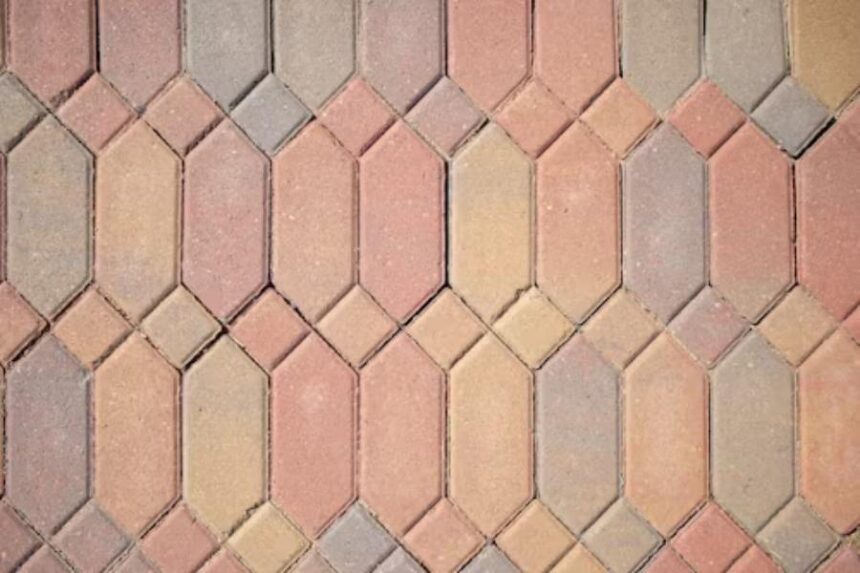Terracotta tiles have been used for centuries, known for their natural charm, earthy tones, and rustic aesthetic. But what exactly are they, and why are they still a popular choice in today’s homes and commercial spaces?
Whether you’re renovating a home or choosing materials for a new build, understanding the benefits of Terracotta tiles can help you make an informed decision.
What Are Terracotta Tiles?
Terracotta, meaning “baked earth” in Italian, refers to a type of ceramic made from natural clay that is fired at low temperatures. This firing process gives the tiles their signature warm reddish-brown hue. The clay used in terracotta is often rich in iron, which contributes to its colour and durability.
Terracotta tiles are available in a variety of shapes, sizes, and finishes. They can be handmade or machine-pressed, glazed or unglazed, and come in tones that range from pale peach to deep rust depending on the source of the clay and firing method.
The Unique Appeal of Terracotta
One of the most attractive features of terracotta tiles is their timeless aesthetic. Their rich, earthy colour brings warmth and authenticity to any space, making them especially popular in Mediterranean, Spanish, and rustic-inspired interiors. But their charm isn’t limited to traditional designs—they are also being embraced in modern settings for their texture and character.
Each tile tends to have slight variations in tone and texture, which adds to their appeal and makes every installation unique. This natural irregularity gives rooms a handcrafted, organic feel that is hard to replicate with synthetic materials.
Durability and Longevity
Terracotta tiles, especially when sealed properly, are incredibly durable and can last for decades. Their ability to withstand high foot traffic makes them suitable for both indoor and outdoor areas. They’re especially valued in climates where the natural thermal properties of terracotta help regulate temperature, keeping floors cooler in summer and warmer in winter.
However, unglazed terracotta is naturally porous, so sealing is essential to prevent staining and water damage. Once sealed, they become much more resistant to moisture and easier to maintain.
A Sustainable Choice
Terracotta tiles are made from natural clay, often sourced locally. The production process is generally low-impact, particularly when tiles are sun-dried or fired using efficient kilns. This makes terracotta a more environmentally conscious option compared to synthetic flooring or heavily processed materials.
Their longevity also contributes to sustainability. A floor that lasts for decades reduces the need for replacement, which in turn minimises waste.
Low Maintenance and Easy Care
With the right sealing, terracotta tiles are easy to maintain. Routine sweeping and occasional mopping with a pH-neutral cleaner are generally all that’s required to keep them looking their best. Over time, they develop a beautiful patina, adding to their charm rather than detracting from it.
If any tile does get damaged, individual tiles can often be replaced without needing to redo the entire floor. This is another reason why terracotta is considered a practical long-term choice.
Indoor and Outdoor Versatility
Terracotta tiles are versatile enough for use in various parts of a home or commercial space. Indoors, they’re ideal for kitchens, living rooms, entryways, and even bathrooms (with proper sealing). Outdoors, they work well on patios, verandas, and pool surrounds, adding natural beauty to exterior settings.
Their slip-resistant texture, particularly in unglazed versions, makes them a safe choice in wet areas, further boosting their practicality in both residential and commercial applications.
Cost Considerations
While terracotta tiles are not always the cheapest option upfront, their long lifespan and low maintenance requirements can make them more cost-effective over time. Handcrafted or imported terracotta may be more expensive, but for many, the aesthetic value and durability justify the investment.
Design Flexibility
Terracotta tiles come in a variety of formats, including square, hexagonal, rectangular, and custom shapes. This allows for creativity in layout patterns and design schemes. Whether you’re aiming for a traditional look or something more contemporary, terracotta can be adapted to suit a wide range of styles.
They also pair beautifully with other natural materials such as timber, stone, and linen, creating a cohesive and grounded interior design.
Are Terracotta Tiles Worth It?
Terracotta tiles offer a unique blend of aesthetic beauty, durability, and sustainability. Their warm appearance, timeless style, and versatility make them an excellent choice for those looking to create inviting, long-lasting interiors or outdoor spaces.
While they do require some initial maintenance like sealing, the payoff is a tile that continues to age gracefully and add value over time. If you’re looking for a flooring option that combines natural appeal with practical benefits, terracotta tiles are certainly worth considering.




